7 Questions to Ask Before Laying Stepping Stones
http://decor-ideas.org 10/25/2015 02:13 Decor Ideas
Stepping stones beckon you on a journey. They can lead you up to your front door or link your house to a secluded spot in the garden. Whatever their purpose, it pays to get them right. Ask yourself these questions before you select and install them.
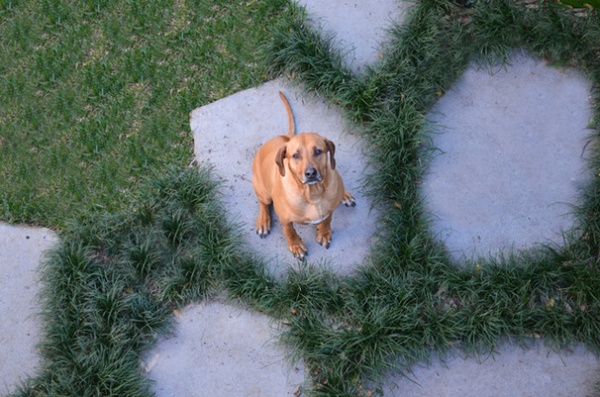
1. What shape should they be? Deciding on the shape of your stepping stones is the first and often trickiest decision.
“Choosing the right format of paver comes down to the style and feel of your garden,” says Josh Harrison of Harrison’s Landscaping. “If you want a natural feel, use a circular, organic-shaped stepping stone such as sandstone flagging or organic-shaped bluestone. If you want a more structured and formal look, go for a square or rectangle paver.” Ideal paver sizes are about 16 by 32 inches or 20 by 20 inches, Harrison says.
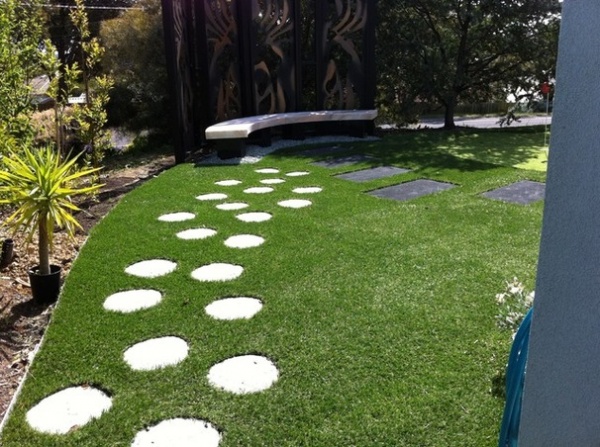
2. What do I need to know about installing them? The first thing to keep in mind is how high or low the stones are installed. “If they are installed too low, the grass will forever grow over the top and you’ll have to carefully cut it back by hand,” Harrison says. “If they’re installed too high, you can’t push the lawn mower over them. I normally aim to set them at the top of the soil, so the blades of grass sit above the paver.”
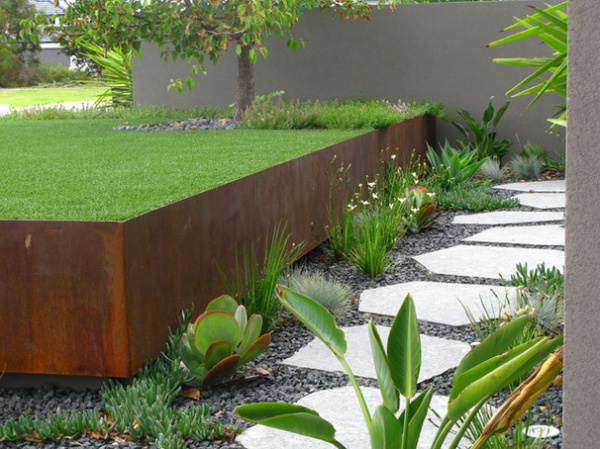
3. How far apart? Harrison advises striding out the placement of the stones before you install them. “There’s nothing worse than steppers placed too close together, so you end up shuffling along the pathway,” he says.
Tip: The average person’s stride is about 18 inches. If this is true for you — or for the people who will most often use the path — place the stones so their centers are 18 inches apart. Mark the locations on the ground with spray paint, a golf tee or similar.
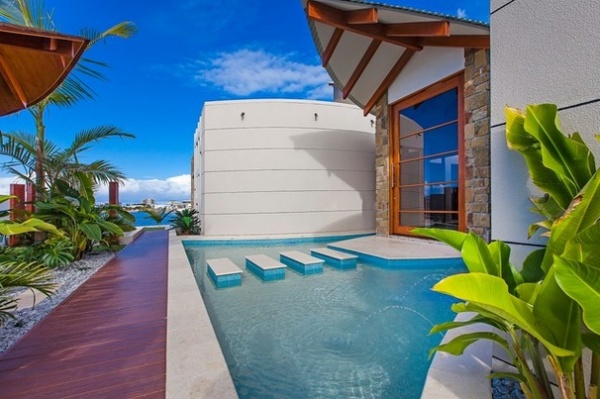
The distance between the stones is even more important if they’re being placed over water. Having to spend too much time thinking about where you’re stepping can take away from the experience of “walking on water.”
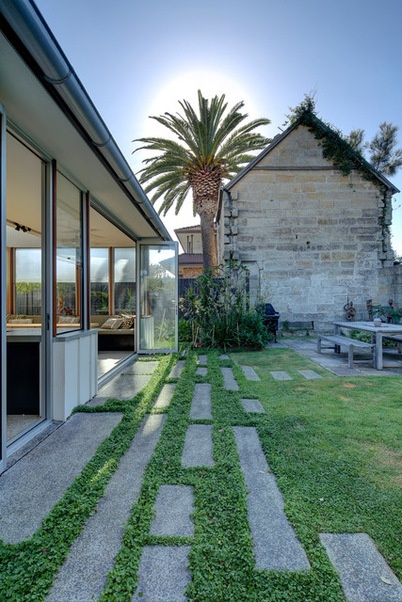
4. What should I put in between the pavers? If you’re laying pavers into a healthy lawn, there’s no need to think about what to plant in between them. But if your chosen site is shady or naturally rocky, you may have to look at other options.
The stepping stones in this Sydney, Australia, backyard have been laid beside a living room that opens to a grassed courtyard on the south side of the house. Architect Sam Crawford explains that the 5 feet of garden beyond the concertina doors is in full shade in winter. “Grass will not grow under these conditions, so the cast-in-situ concrete steppers are set amongst native violet — a ground cover that can handle being trodden on,” he says.
How you arrange the stones will also have an impact. “The steppers are randomly sized and spaced to reinforce the informality of the space,” Crawford says.
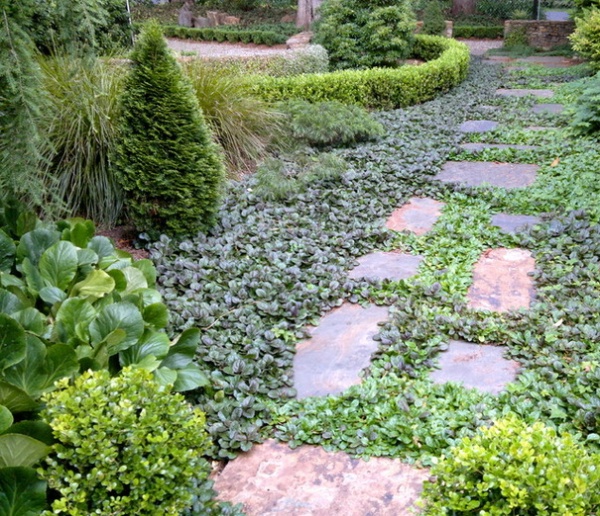
Garden designer Arthur Lathouris also opted for ground cover over grass for this gorgeous garden. “The ground cover is Ajuga reptans ‘Catlin’s Giant’ and flowers in spring,” Lathouris says. “The flower spikes can be up to [6 to 8 inches] high and the ground is a sea of purply blue.”
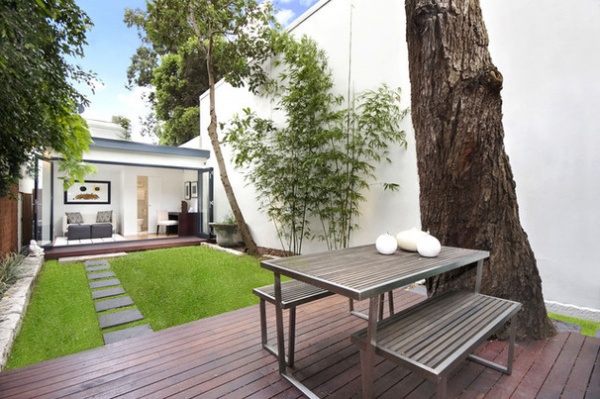
The stepping stones linking this terrace house to the home office in the back have been installed on artificial grass — and why not? It requires zero maintenance and always looks freshly mown. You can see how effective the stones are at creating a pathway without dominating the space.
That’s interesting: The sandstone garden edgers are recycled foundation stones from the house that was originally on this site.
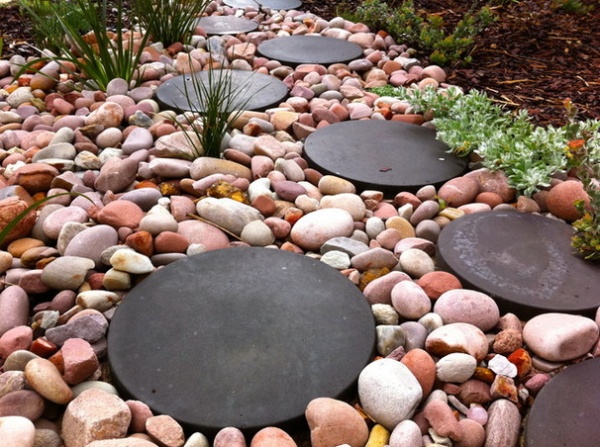
5. What should I put under them? Most stepping stones sit on a foundation of builder’s sand, to give them maximum stability. However, stones and pavers can settle and sink over time because of moisture and foot traffic and may need to be lifted occasionally so more sand or soil can be added underneath.
Cement is an option if you want a rock-solid foundation. In this Perth, Australia, garden, the stepping stones have been mortared in. To cover the cement — and create a striking dry riverbed effect — natural glacial river stones found in the south of Western Australia fill the spaces in between.
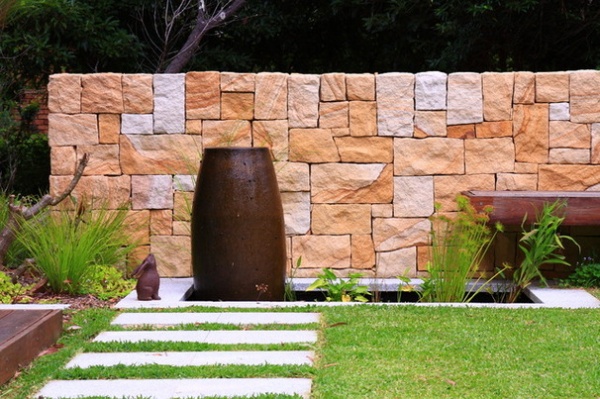
6. Why use stepping stones and not a solid pathway? You may assume stepping stones are best suited to the backyard, but in this front garden, a stone-clad water feature with floating bench seating and granite tiling creates a feature at the entry to the home. Harrison used light granite pavers to draw the eye toward the water feature. Two 12-by-24-inch pavers were laid end to end to create each larger stepping stone.
“They create a soft pathway to access the side of the house,” Harrison says. “We didn’t want a hard pathway of paving across the front of the property, as it would detract from the garden.”
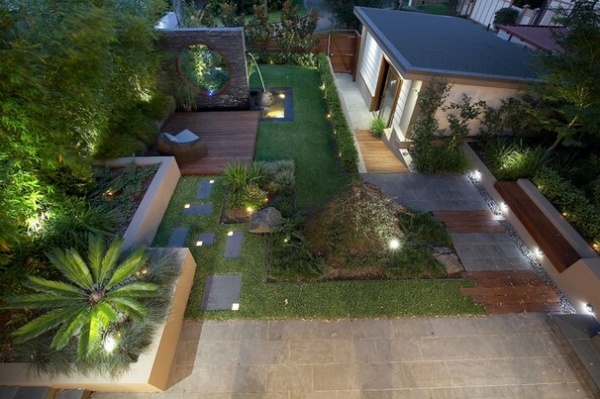
In this garden, stepping stones are an ideal link between the paved area and the wooden deck, and they help keep the backyard from looking too paved (as might be the case with a solid pathway). The lighting adds a designer edge and ambience.
Tip: Be sure you can safely run a lawnmower over the stones, or keeping them looking good will be a chore. If a stone rocks when it’s stepped on, add or dig out sand as needed to stabilize it.
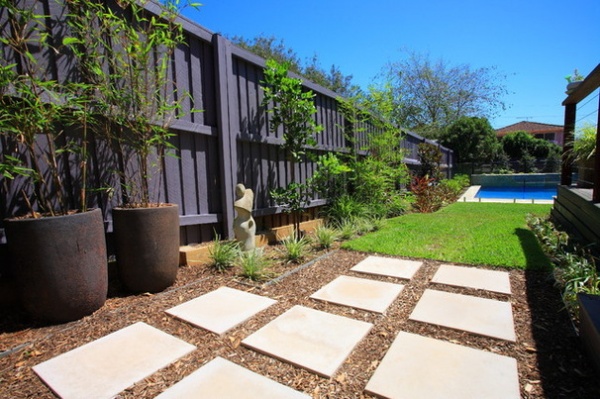
7. What kind of pavers are best? Because steppers are often installed in a garden bed or lawn, Harrison avoids materials that are porous, such as sandstone, and instead opts for hard-wearing materials such as bluestone, granite or travertine.
Tip: If you feel like getting creative, consider making mosaic stepping stones.
Tell us: Do you have any tips for Houzzers considering stepping stones for their garden? Share them in the Comments.
Read more about garden paths
Related Articles Recommended












